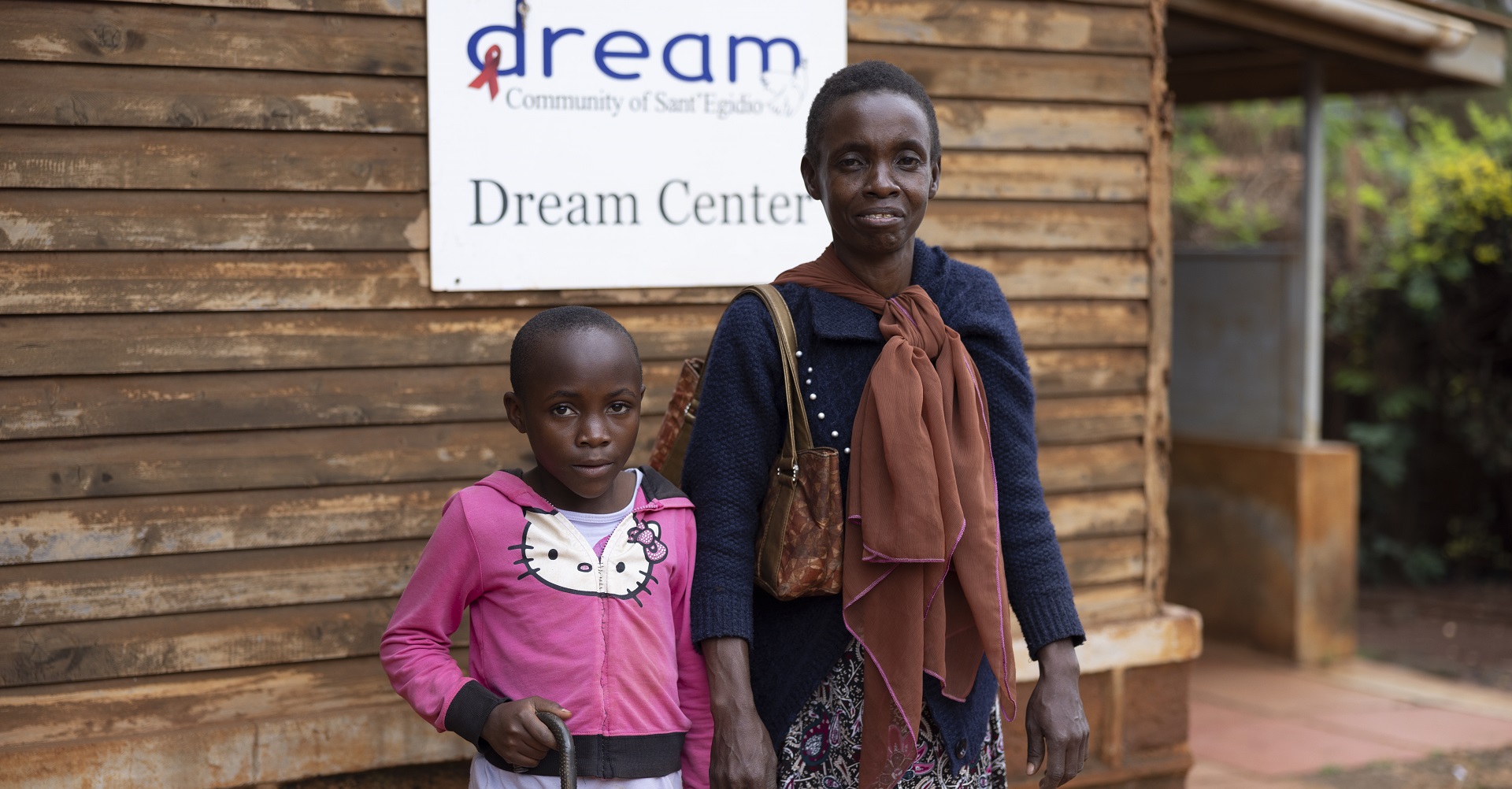COHORT STUDY
Active screening for all new HIV patients at 3 DREAM centers and follow-up at 6 months
In this phase, all new adult HIV patients in the 3 DREAM centers in the county (Nkubu, Aina, Chaaria), estimated at about 400 people, will be systematically screened for major co-morbidities (hypertension, diabetes, hypercholesterolemia, kidney disease, hepatitis B and C). The patients then, according to routine, will be followed up and treated with antiretrovirals for HIV and possibly with other drugs in accordance with national guidelines. In this activity a 6-month follow-up is planned to assess outcomes (in terms of of immunological, nutritional and viral suppression recovery) also in relation to the presence of co-morbidities.
Such a study is of critical importance in order to provide data on the impact that co-morbidities may have on the course of HIV treatment.
CROSS SECTIONAL STUDY
An intervention of active screening and awareness for co-morbidities.
A team consisting of a clinician, a nurse, a VCT counselor and an activist will travel one day a week to one of 25 identified centers to promote health health days in which each HIV patient afferent to the center, if agreed, will be able to receive a screening for major co-morbidities (hypertension, diabetes, malnutrition, hypercholesterolemia, renal disease, hepatitis B and C). Some of these tests will be performed on-site, others will be performed in the laboratory. In addition, the VCT counselor and activist will carry out some awareness sessions on co-morbidities to patients present at that time in the center.
It is planned, in 6 months, to involve all 25 basic health facilities non-hospital facilities in Meru County (dispensary/basic health centers).
These data, in addition to their important clinical relevance to the patient, will play a crucial role in the development of epidemiological prevalence data to planning further subsequent interventions at the regional level and, possibly, nationwide.
In this activity, it is planned to involve and screen about 1,000 patients and to raise awareness of another 2,000.

